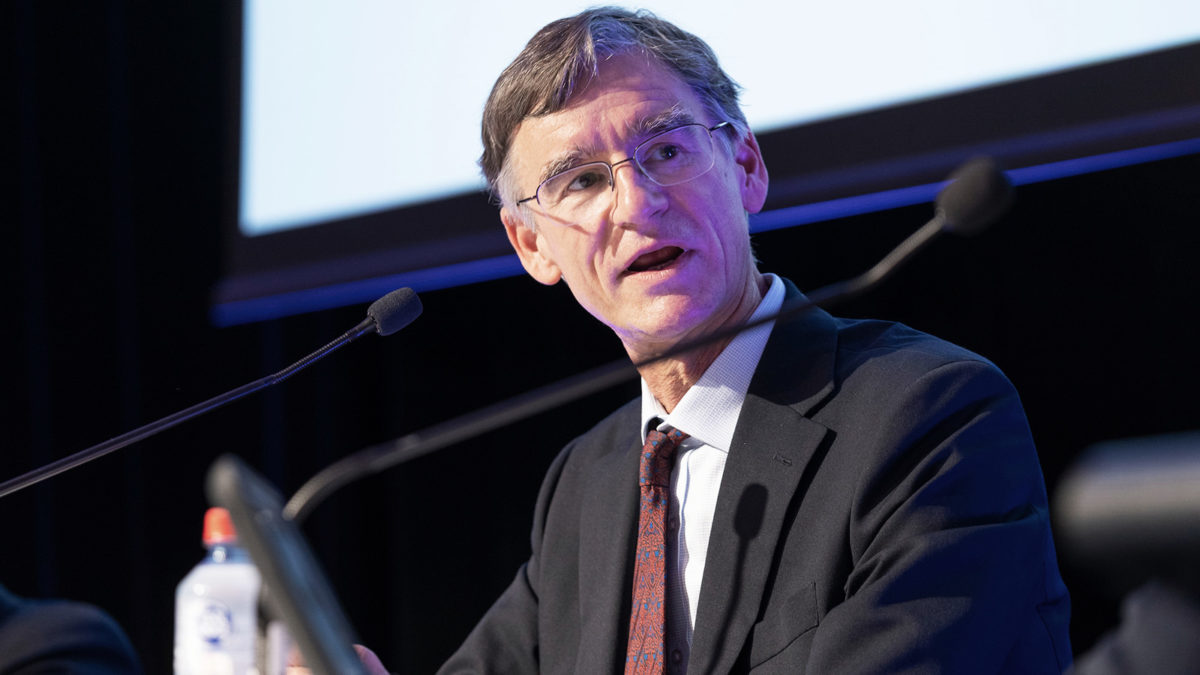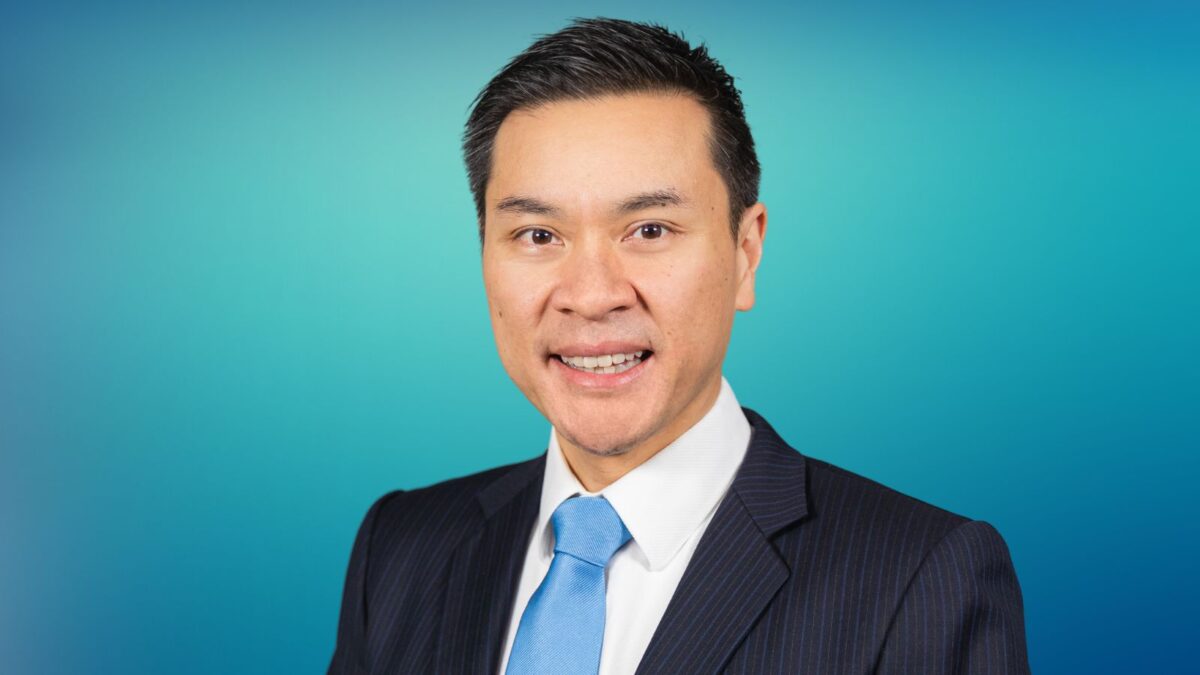The ‘moral hazard machines’ that (could) make the market more volatile
The “benign free-for-all” in markets can’t continue, writes Ruffer CIO Henry Maxey in the 2024 Ruffer Review, and when the factors that created that free-for-all reverse they will do so from a starting point of “extremely compressed risk premia, extended investor positioning, buoyant sentiment and more fragile fundamentals”.
But the dangers are now heightened by emergent novelties in the global financial system that could amplify any market moves – and at least one of those novelties comes in the form of multi-strategy hedge funds.
For the uninitiated, multi-strategy hedge funds allocate capital to discrete portfolio manager ‘pods’, who then leverage it up and slap stop losses on top. And while Maxey concedes that their performance has been “eye-wateringly impressive” – and that the poor showing from 60/40 portfolios through 2022 means the popularity of diversified risk premia is unsurprising – he also believes that skewed incentive structures and their fondness for leverage conspire to make them “massive moral hazard machines”.
“Individual portfolio managers are incentivised and expected to max out their risk budget in the hope of collecting performance fees,” Maxey writes. “When strategies don’t work or traders get stopped out, they can generally find another seat at another fund without too much difficulty.
“The clients carry all the risk and most of the costs. It is the reincarnation of Wall Street’s proprietary trading desks in asset management, with upside-down incentive structures, without the same regulatory oversight and with ill-fated stop loss risk management.”
Some of the strategies used by multi-strategy hedge funds – including dispersion trading – have also become crowded, Maxey writes, and in a situation similar to the Quant Meltdown of 2007, a low correlation, low volatility market could “turn into the inverse very fast”.
“Portfolio insurance – a dynamic hedging strategy based on stop losses which was designed to let pension funds hold a higher equity allocation ‘safely’– was deemed the villain of the 1987 crash. It would not surprise me if multi-strategy hedge funds were similarly vilified after the next crisis.”
Liquidity squeezes and price volatility
But they aren’t the only new thing under the sun, or the only thing Maxey is fretting. He’s also worried about a potentially toxic interaction between the burgeoning market in zero days to expiry options (options contracts which are opened and closed within the same day) and the wider market during a period of stress; widespread loss of risk appetite that triggers a run to the Fed’s overnight reverse repurchase facility, sucking liquidity from the market; and the rise and rise of algorithmic market making.
“We have already seen algorithmic market making fail under stress,” Maxey writes. “It has attracted some scrutiny but remains a feature of markets. Algorithmic market making improves liquidity when markets are operating normally but detracts from liquidity in tail events.”
The common thread that unites all of Maxey’s novelties is that they are likely to amplify short-term liquidity squeezes and price volatility – which matters because a lot of money is now managed systemically, or is “effectively governed” by backward looking volatility-based risk metrics.
“So, if liquidity, correlation and volatility become an amplified feedback loop and this disrupts price trends, enormous selling flows can be unleashed,” Maxey writes. “And today flows seem to matter more than fundamentals.”
People often think financial catastrophes occur because herds of humans panic when the emotional pendulum swings from greed to fear. The next market sell-off will be much more mechanical, mathematical, precise and fast. Regulators and policymakers, meanwhile, are human – their reaction times are slower, with decisions made by committees.”










